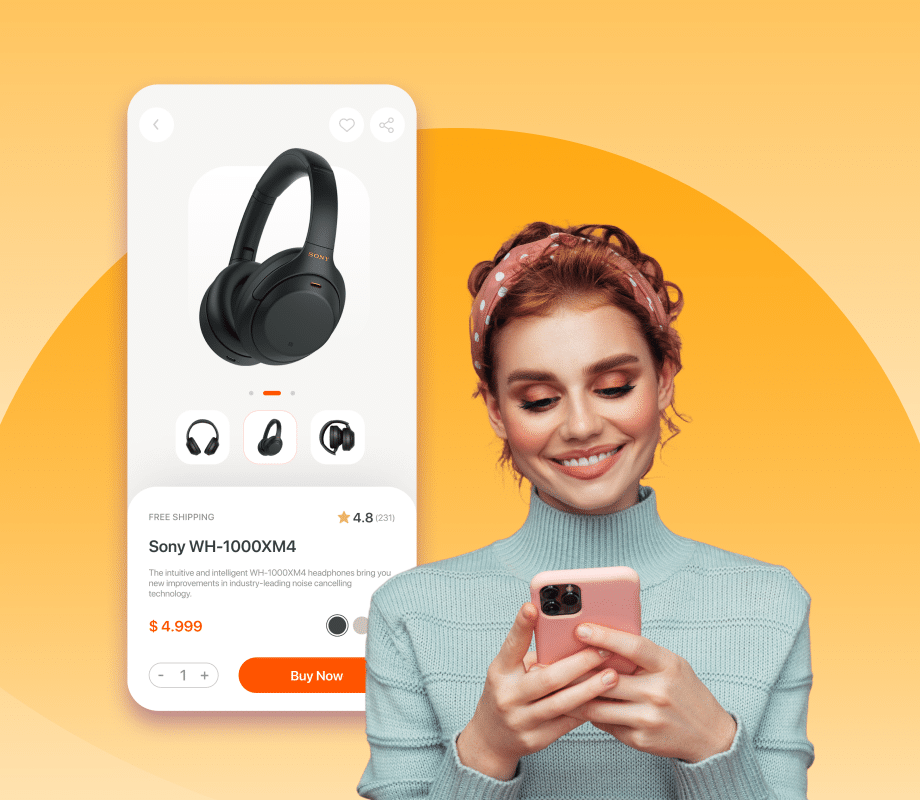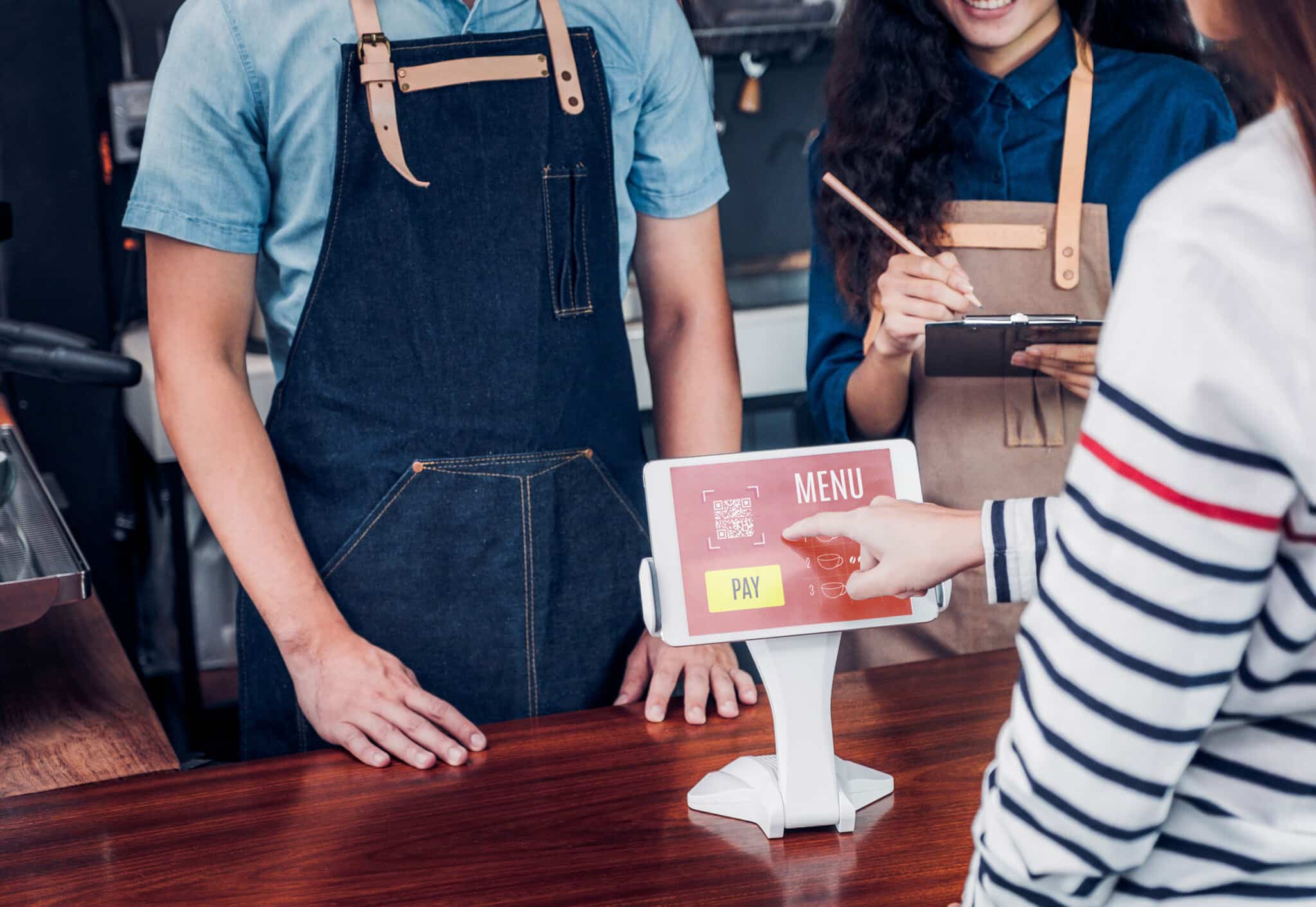It might be called “artificial” intelligence, but the connections AI enables with QSR customers are not just real, but real revenue-drivers.
Personalization is key to the online ordering experience for QSRs. The promise of short delivery times, hygienic service and great food are crucial elements, but customers also seek that “human element” even in the virtual world. So, how then, can QSRs use AI to keep customers engaged and coming back for more?
It all starts with the algorithms. AI algorithms help power QSR marketing strategy with intelligence and this drives customer loyalty. Knowledge of customers’ behaviors, tastes, preferences, geographic location and other factors, allows for focused personalization and eventual growth in sales.
Cashing in on the transition to digital
The current crisis has accelerated the adoption of digital interfaces across quick service, and that’s a behavioral change that’s likely to stick around. It’s now or never then, for QSRs to make the shift to providing customers with a seamless ordering experience across digital channels. And, when customers do order online, the QSRs that are most adept at personalizing that experience will be the ones most capable of going the competitive distance.
Step No. 1: Know your customer
Customer data platforms — powered by algorithms — sift through the treasure trove of customer data collected through various digital touchpoints to assemble a unified view of customers, along with their wants and needs.
In a quick data study, for example, QSR “regulars,” who tended to experiment within a narrow range of options, were found to comprise the single largest category of customers. QSRs that know those customers’ food choice and customization preferences, as well as any food allergies or diet restrictions, birthdays and other special occasions, and even work patterns will build the best sense of bonhomie and customer connection.
Domino’s did this well with their emoji-based ordering mechanism. The campaign required customers to tweet or text Domino’s a pizza emoji to let them know they’re hungry for some pie.
Regular patrons could also select the brand’s “easy pizza” option, that made it that much easier to order their favorites, based on their past preferences. And though, that option required customers to create an account exclusively with Domino’s, the campaign was deemed successful and serves as an example of how a QSR connected emotionally with customers, in a socially relevant manner.
Emerging concepts for personalization
In a world full of merging identities, people are still defining their own personal style. And, what better way for QSR’s to promote individual sense of style than with a build-your-own concept?
With the help of AI, businesses can now canvas their customers, understand their meal preferences and even make room for a little experimentation with DIY menu options. Subway, Wendy’s, Starbucks and Burger King are already excelling at this task, but even smaller fledgling businesses are starting to get familiar with this approach as a way to build bridges with customers.
Standardization, personalization … now hyper-personalization
Hyper-personalization allows brands to extend offers, products, recipes and combinations that resonate with customers. It starts by gaining deep customer insights through the use of advanced algorithms for very specific customer segmentation, segment analysis and movement. This intelligence is then applied to driving personalized engagement with customers in their journeys.
Artificial intelligence technology can capture real-time dynamics through multiple digital channels so QSRs can tailor their content quickly and effectively via their apps, social media, websites and other communication channels.
Key to the above is getting customers to sign up and allow for syncing accounts and identities. Most accounts then come with an order history or favorites list that can be used to curate personalization efforts. And whether the data indicates the customer typically orders as a family or individual, messaging can be curated to best prompt them to order from the convenience of home with just one click.
Mobile apps drive personalization
With data indicating that the pandemic has triggered a 24% spike in time spent on digital media (mobile/web), QSRs are naturally heading to mobile to reel customers in.
Convenience has always made the QSR’s world go ’round and personalized mobile app and ordering experiences are key to that. Through built-in technology, QSRs can easily put customers on a path from initial purchasers, to loyal patrons with repeat orders. QSRs that use geo-fencing and location-based technology in their apps, like Burger King, Starbucks and Taco Bell, have been able to garner prepaid purchase orders in this way.
For instance, Taco Bell full-feature mobile-ordering app uses GPS location information to identify nearby customers and prompt them to place their orders ahead of time. Additionally, the brand can provide those customers with personalized offers based on their past ordering behavior, which also expedites the customer’s journey.
Power-up with the right technology
Artificial intelligence and predictive analysis is embedded into digital touchpoints that can study, learn, understand and even recognize our voices. AI algorithms can help QSRs create a differentiated experience for their customers across the highly competitive quick-service landscape.
Mining big data from digital channels like websites, mobile applications and more. provides endless possibilities for personalization. More still, this information can help QSRs connect with even the most infrequent of patrons to help them understand how to order easily, quickly and conveniently from brands they know and those they’ve yet to discover.
The article first published in QSR Web
 in Sweden from 7 - 8 October 2025. Pre-book a meeting to connect with our
product experts.
in Sweden from 7 - 8 October 2025. Pre-book a meeting to connect with our
product experts.










